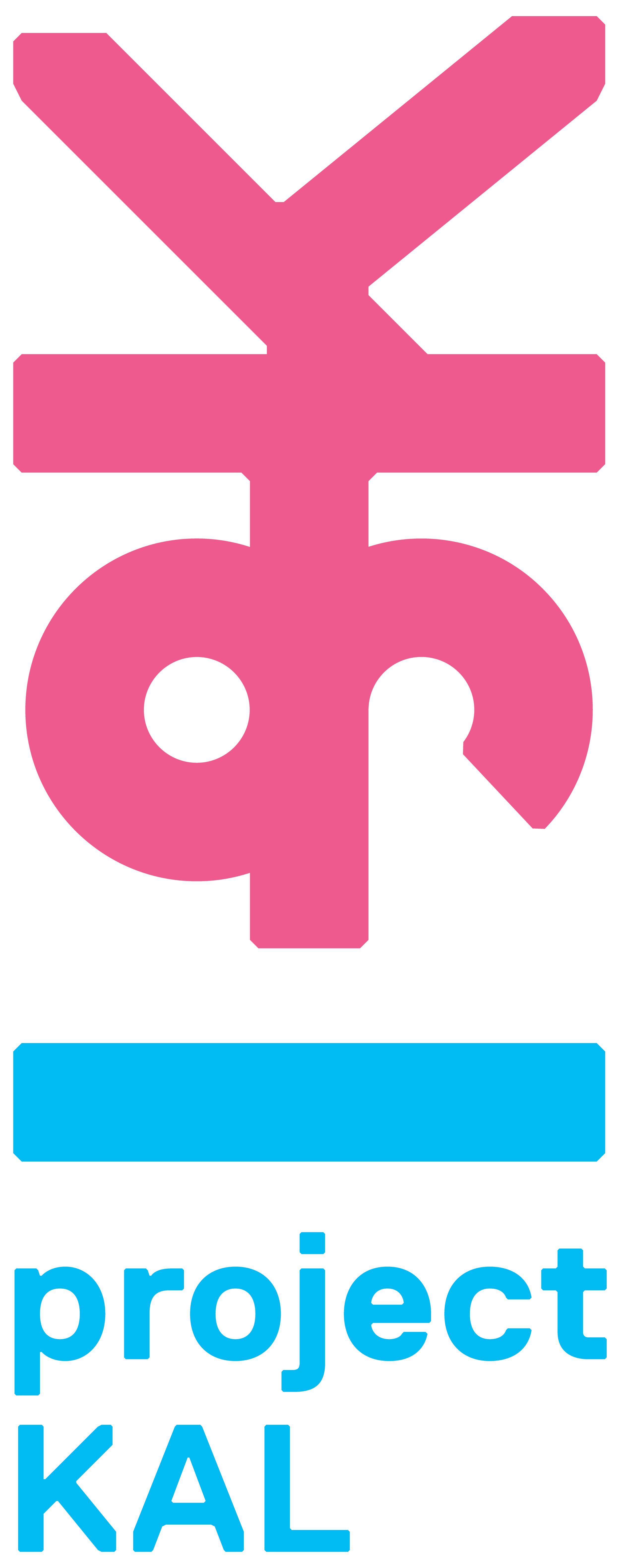World CSR Day 2017: Corporate Action Needed to Achieve Gender Equality
World CSR Day is a yearly event that takes place over two days every February in Mumbai and brings together top CSR professionals from around the world. It is an invaluable experience to learn about various global initiatives and learn from the best, but also a sobering reality check to see how much work is still ahead of u. The one thing that has been on everyone’s minds and lips is of course the Sustainable Development Goals agenda. The SDGs are a huge opportunity for the corporates as well as a great challenge. The agenda is definitely very ambitious, with 17 goals and 169 targets covering everything from access to clean water and sanitation to good governance practices, but for the first time ever there is a clear framework for the private and the public sector to work together on the development agenda.
Of particular interest has been looking into Goal 5- Gender Equality. There has been a lot of progress made on this issue globally, with maternity mortality rates dropping drastically, better legal protection in most parts of the world and smaller gender pay gaps. However, we are still very far from where we should be.
The talk I decided to give focused heavily on the role of the corporate sector in achieving gender equality, especially due to its relevance to the companies I have been working with in the MENA region, It is time for CSR initiatives to look beyond “empowerment ” programs within the companies and at the larger socio-economical forces that are at play. Gender issues do not exist in a vacuum; they are a part of an intersection of other factors, such as economical status, family status, race and nationality. Corporates initiatives have for way too long ignored those forces and created half-baked programs that have very often resulted in negative social impact. An example that comes to mind is a multinational company whose Indian office had a six-month empowerment program for blue-collar workers in the company. The program took place after hours and on paper, its impact was amazing: high number of women participated, the self-assessment form showed great increase in feelings of self-confidence and the middle and higher management were very happy with the pilot, deciding to implement it on other sites as well. However, what they did not take into account what the impact of such program on women’s lives outside of work. Women who did manual labor in the company usually lived outside of the city and leaving work later meant missing daytime public transport and potentially putting themselves at risk by using later transport. It also put a train on the household, as they still had to complete their tasks, just later than usual. Some reported that they were fighting more with their spouses who did not understand why they were coming in much later than usual.
Unfortunately, this is just one of many examples of companies failing to look at the bigger picture. Communicating with the stakeholders and simply asking what works for them can very easily solve this. The CSR managers need to have clear communication plans in place and make sure to engage the relevant stakeholders in a way that ensures any social intervention is relevant, needed and wanted. A company that wanted to ensure there was a source of clean water in the villages met with community leaders, all men, to ask where to put the water pumps. Once installed, they monitored the usage of the pumps and discovered they weren’t being used at all to their full capacity. After careful consideration, they realized they haven’t spoken to a single woman, even though it is predominantly women who take care of collecting women. A second round of meetings was conducted and the water pumps were relocated to the places where the women actually wanted them.
This story is not just a lesson in talking to your stakeholders, but also an example in how different SGDs interact together to maximize the impact. This company was not focusing on Gender Equality; their main focus was Goal 6, Clean Water and Sanitation, but once the project was underway it became apparent Gender is a huge part of the equation. When designing your CSR strategy in response to one or more goals, always think how it will impact other powers that interact with it- in this case, how does it affect gender. Most experts will agree that achieving SDGs depends heavily on how far we come with targeting Goal 5. Goal 5 takes into consideration 50% of the world’s population and presents an immense economic opportunity for countries, governments, markets and societies. The hope is that the private sector will respond to the challenge in an impactful and strategic way.
